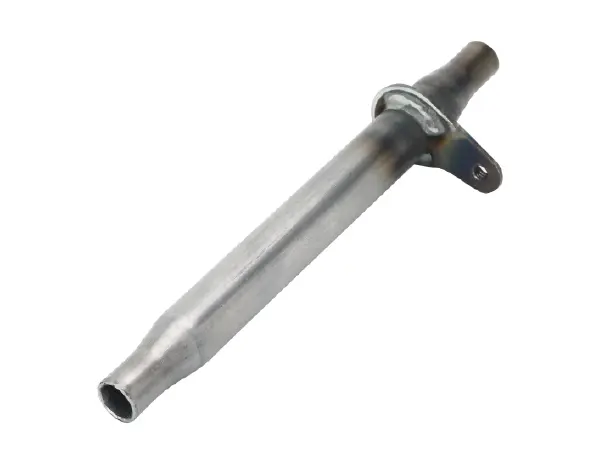welding thin wall tubing
2 月 . 15, 2025 09:15

Mastering the art of welding thin wall tubing involves an intricate blend of precision, expertise, and cutting-edge technology, ensuring high-quality outcomes in industries ranging from automotive to aerospace. Achieving the perfect weld requires not just technical skill but also an in-depth understanding of the materials and equipment being used. This article dives into the nuances of welding thin wall tubing, offering insights into techniques, equipment, and best practices that underpin successful projects.

Welding thin wall tubing necessitates a thorough comprehension of the challenges posed by thin materials. The first hurdle is heat management—too much heat can lead to burn-through, while insufficient heat may result in poor fusion or weak joints. One effective strategy to combat this challenge is utilizing the Gas Tungsten Arc Welding (GTAW) process, commonly known as TIG welding. TIG welding offers superior control over heat input, making it ideal for thin wall materials.
When it comes to selecting the appropriate filler material, consistency is key. The filler rod must match the base material to avoid galvanic corrosion, which can compromise the integrity of the weld over time. In addition, using a smaller diameter filler rod can help control the deposition rate, providing better management of heat and reducing the risk of burn-through. Selecting the right shielding gas mix, such as Argon or a Helium-Argon mixture, also plays a critical role in ensuring a clean, oxidation-free weld.

The type of electrode used is another critical consideration. Thoriated tungsten electrodes, known for their durability, are a popular choice for experienced welders. However, due to the radioactive nature of Thorium, alternative options like Lanthanated tungsten, which offers similar performance without health risks, are increasingly favored. These decisions must be tailored to the specific job at hand, reflecting a blend of safety, efficacy, and practicality.
Edge preparation is another aspect where attention to detail is paramount. Proper edge preparation ensures optimal fit-up, minimizing gaps that could lead to inconsistent welding results. Techniques such as beveling or grinding the edges may be employed to facilitate better fusion in the initial pass. Moreover, aligning the tubing correctly before welding ensures uniformity, reducing the likelihood of defects in the final product.
welding thin wall tubing
In the realm of equipment, selecting a TIG welder with a high-frequency start feature can enhance the control and precision of the welds. This feature helps create a stable arc without the electrode contacting the workpiece, reducing contamination risks and ensuring a pristine finish. Pulse welding capabilities are also advantageous, offering the ability to modulate current flow, thus controlling heat input with precision—an indispensable feature when working with thin materials.
Expert welders understand the value of a clean, debris-free working environment. Contaminants like dust or oil can lead to inclusions or porosity in the weld, undermining structural integrity. Rigorous preparation, including cleaning the material surfaces with acetone or a similar solvent, can significantly reduce these risks.
Testing and inspection are the final steps in ensuring a successful outcome. Non-destructive evaluation techniques such as X-ray inspection or dye penetrant testing can be employed to check for internal defects, ensuring compliance with industry standards and prolonging the service life of the welded assembly.
Welding thin wall tubing requires not only technical prowess but also a commitment to continuous learning and adaptation. As materials and technologies evolve, staying abreast of the latest advancements in welding methodologies and equipment is essential for maintaining competitive advantage and delivering products that meet the rigorous demands of modern industries.
Through experience, expertise, authoritativeness, and trustworthiness, one can master the complexities of welding thin wall tubing, offering solutions that stand the test of time, and reinforcing the critical role that skilled welders play in building the technological landscape of tomorrow.


